North Dakota. Why would anyone want to go to North Dakota? It is a fair question. North Dakota is [or rather was before the oil boom] the least-visited state in the United States. When one mentions North Dakota, a bleak image pops into most American’s minds: the oppressive flatness of wheat fields on either side of the endless road, stretching to the horizon, punctuated only by an unending series of telephone lines. Plus, it is cold. Over twice the size of South Carolina, the entire state of North Dakota has about as many people as the Charleston, South Carolina area. The following equation best sums up North Dakota’s image problem:
Kansas + Canada = North Dakota
I have to admit, North Dakota is what you think. Much of the state is flat fields with few trees, the often-mentioned amber waves of grain. 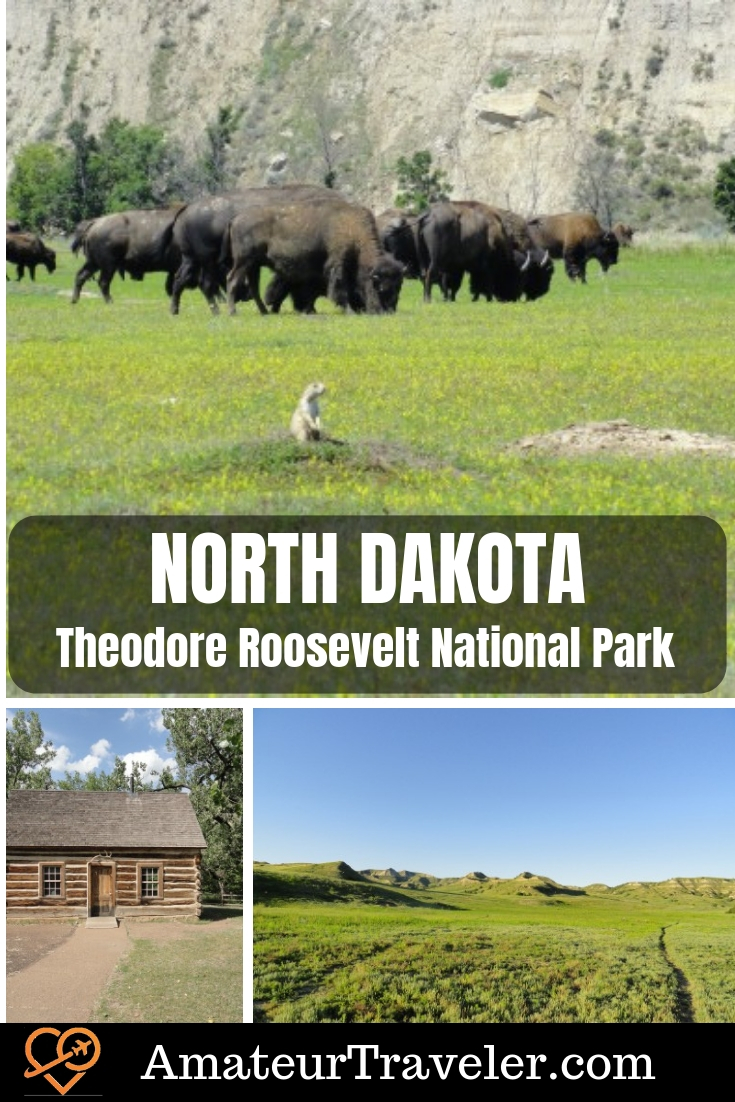 But that is not to say that this flatness is filled with nothing. North Dakota has more National Wildlife Refuges than any other state. These wildlife refuges serve as hotspots for birding enthusiasts, as the state is located along several major migratory pathways for birds coming from summering in Canada.
But that is not to say that this flatness is filled with nothing. North Dakota has more National Wildlife Refuges than any other state. These wildlife refuges serve as hotspots for birding enthusiasts, as the state is located along several major migratory pathways for birds coming from summering in Canada.
The state does have some cities, though admittedly they are small. Fargo, the state’s largest city, is essentially west Minnesota. Bismarck, the state’s capital has some sites of historical interest: Indian villages like the Double Ditch Indian Village and museums detailing the history of pioneers in the state such as the North Dakota Heritage Center.
Theodore Roosevelt National Park
The single most important attraction that North Dakota has to offer is Theodore Roosevelt National Park. This park is part of a strip of land that runs south to Badlands National Park in South Dakota. The focus of both parts of the Park and the strip of land running north to south between them is a geographic feature known as badlands. Badlands are areas of land with loose sediments, silt, sand and mud, deposited on top of the land. For some time, these sediments were hidden beneath other landforms, but approximately two million years ago, these sediments became exposed. Since then, erosion elements have been eating away at them, resulting in a really beautiful place.
Troughs of water drain through desert-like hillsides, fingers of red and orange that stretch out across the landscape. The fields beneath the hills and the plateaus on top of them are carpeted in green grass that waves in the prairie wind. Rarely are trees seen. In this landscape, trees are mostly found on some protected hillsides or down in the gullies near water sources. Petrified forests are also a part of the park’s landscape.
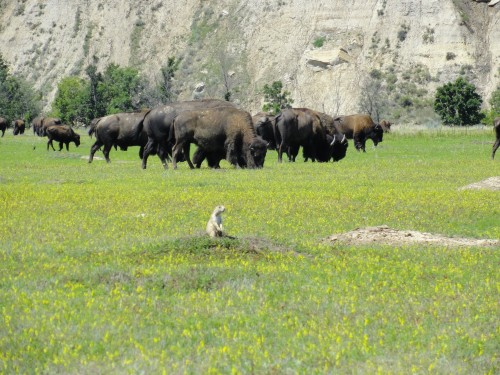
On a prairie just off the Loop Road by the Little Missouri River, we encountered Bison and Prairie Dogs
Wilderness
Much of the time I spent in the Park was spent in the wilderness. The one thing most people see when they visit the park is the Theodore Roosevelt National Park south unit’s loop road, a thirty-mile drive that covers most of the important things the Park has to offer. About half a million people drive the Loop Road every year, but from the wilderness area where I was hiking, just across the Little Missouri River, you would not know it.
I spent three days hiking around in the wilderness area, and I did not see a single person during that time. I did, however, run into some bison. One evening, when I was finishing up dinner and reading The Great Gatsby, I was surprised by the soft scuffling of a two-ton bison sneaking by about ten feet from me. He did not bother me; he only wanted a drink of water from the nearby spring. Still, being that close to that hulking mass with nothing in between us made the Park very real for me.
Of course, you can run into the three hundred bison herd along the loop road or in other parts of the park. My family got stuck behind a group of about fifty-one day and just had to wait as they lazily crossed the road, causing a traffic jam. But I feel that getting onto the trails, even if you do not want to camp overnight, helped give me a feel for what the Park is all about.
Theodore Roosevelt
Beyond the wild attractions, Theodore Roosevelt National Park holds an important place in history because of the role that it played in the life of Theodore Roosevelt. Theodore Roosevelt lived in parts of the park over a period of several years in his youth. The years were so formative that he claimed that he would not have been president had he not been to North Dakota. During his time, he hunted bison and established two ranches in the area. One of his ranch houses can be toured just outside the Theodore Roosevelt National Park south unit’s visitor center.
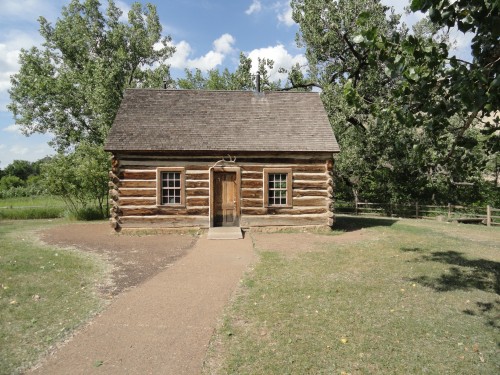
This is the Maltese Cross Ranch Cabin, where Theodore Roosevelt spent much of his time in North Dakota. The cabin is open for tours just behind Theodore Roosevelt National Park south unit visitor’s center.
Medora
When you finish with the Park, the town of Medora, just outside the Theodore Roosevelt National Park south unit entrance, has plenty of touristy offerings. I should be forthright. I found Medora too touristy, too kitschy. That said, it is the kind of place that many visitors, particularly those with young children, will find relaxing and fun.
The town was an important railroad stop during Dakota’s cattle ranching heyday. It was built by a French marquis whose mansion is a great site to visit. His mansion, perched on a hill just above Medora, puts on daily performances by historical characters and offers a chance to look back at the history of the area.
Much of the rest of the town is ice cream parlors and restaurants that have been reconstructed to look like they are part of a real Wild West town, wooden sidewalks, and faux clap-trap wooden general stores. The town offers a handful of hotels and several after-hour entertainment options like the Medora Musical or the acrobat golf comedian Joey O.
Williston
When you are done with Theodore Roosevelt National Park, there are few other “sights” in North Dakota, but that does not mean there is nothing to see. North Dakota is currently undergoing an energy boom. Shale gas in the Bakken Formation, centered around Williston, just north of Theodore Roosevelt National Park north unit, has been transformed. Anyone interested in what a twenty-first century boomtown looks like should make the detour to Williston. When I visited in 2008, just before the financial collapse, Williston’s unemployment rate was so low that McDonalds had to offer a signing bonus.
Fort Berthold Reservation
One of the places where the oil boom is happening is on the Fort Berthold Reservation, an Indian reservation for three different tribes, the Mandan, the Hidatsa, and the Arikara nations. Money has flowed into these communities because of the revenues from the oil boom, but there is still a lot of poverty in these communities. The land in Fort Berthold makes for a nice drive and allows the rare visitor who makes it to this part of the state a chance to better understand the challenges that are facing these communities. Visitors interested in seeing the area can stay in the Reservation’s main town, New Town (also known as Four Bears Village) with a hotel and casino.
Conclusion
North Dakota is not about a checklist of sights you need to see. It is more about experiencing something wild, historical or unexpected. I know that North Dakota will never be a tourist hotspot, but I hope it can at least move out of its spot as the least visited state in the country.
One Response to “North Dakota and Theodore Roosevelt National Park”
Leave a Reply
Tags: article, national park, North Dakota, Theodore Roosevelt National Park

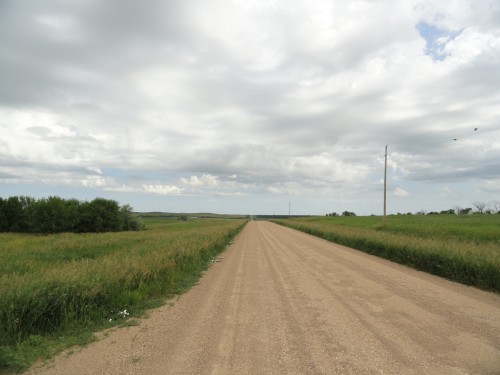
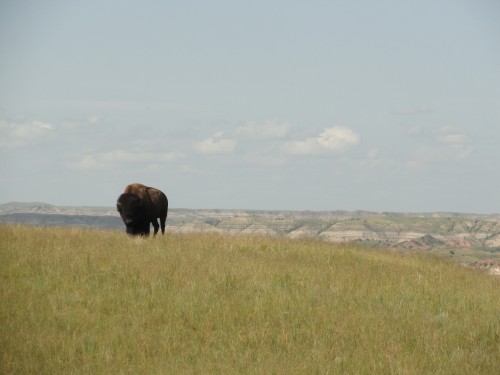
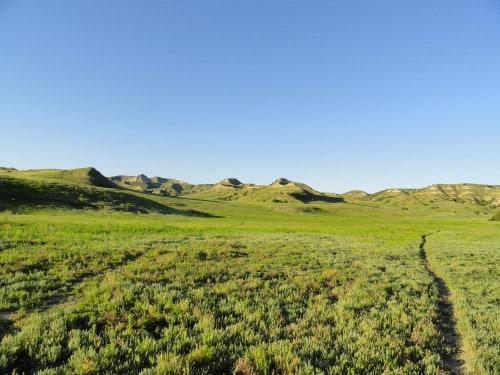
 Road Trip to North Dakota – Theodore Roosevelt NP, Medora Musical and Enchanted Highway
Road Trip to North Dakota – Theodore Roosevelt NP, Medora Musical and Enchanted Highway Road Trip to South Dakota and South Dakota National Parks
Road Trip to South Dakota and South Dakota National Parks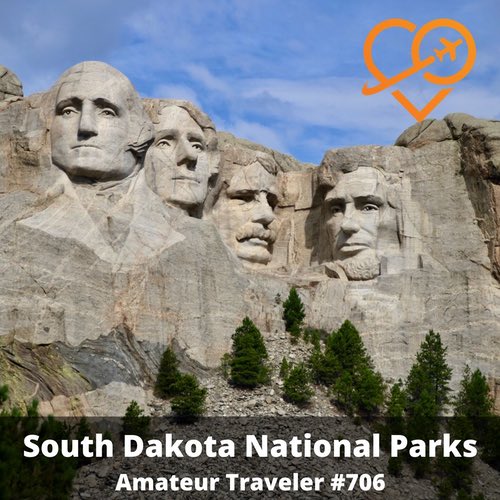 South Dakota National Parks – Episode 706
South Dakota National Parks – Episode 706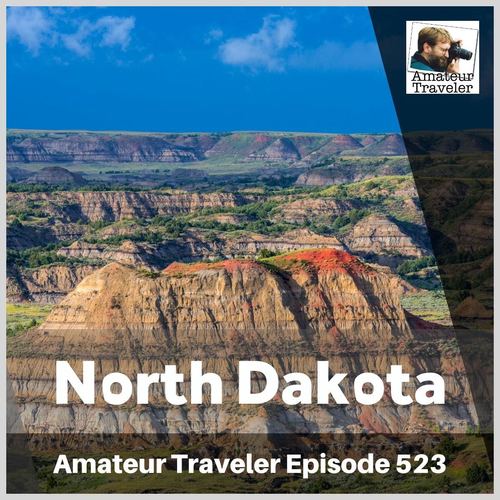 Travel to North Dakota – Episode 523
Travel to North Dakota – Episode 523


Brock
Says:July 7th, 2015 at 2:30 pm
North Dakota has amazing sun rises, gorgeous evenings, and beautiful sun sets. Every one thinks of the weather yes, we do have -40 degree temps in the winter with the wind chill, but the summers can get into the 90’s. The wind is the biggest thing around here in the Red River Valley. Also, the state of North Dakota is nothing like the movie Fargo…. The weather is about the only thing that is relevant in that movie. If you want to meet some of the nicest, trustworthy people in the country come to North Dakota. You will drive into a small town, meet a stranger, and be invited to sit at their dinner table. Personally, I am fine with people not liking this state, it keeps out the crazies, and we won’t ever see a metropolis like the Twin Cities or LA.